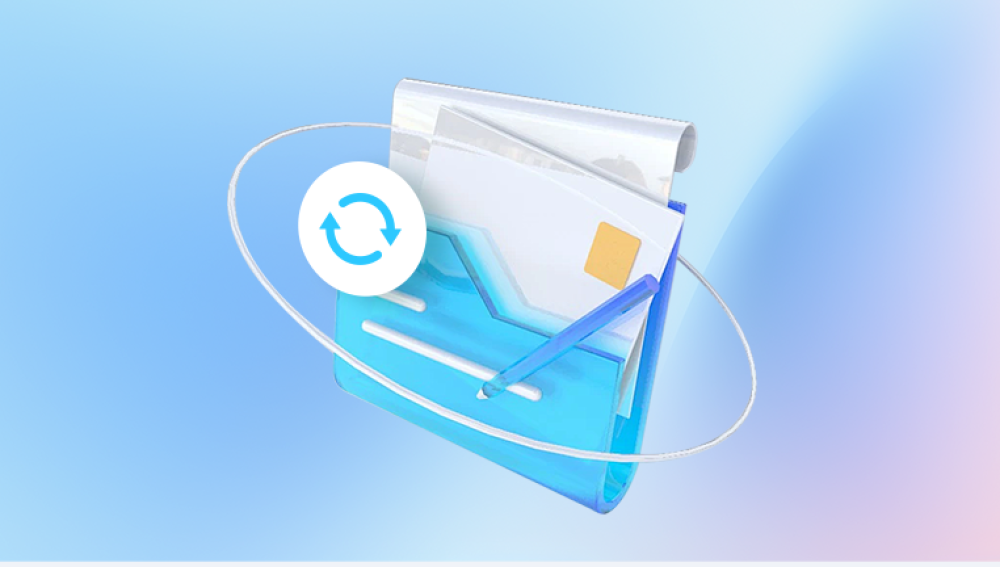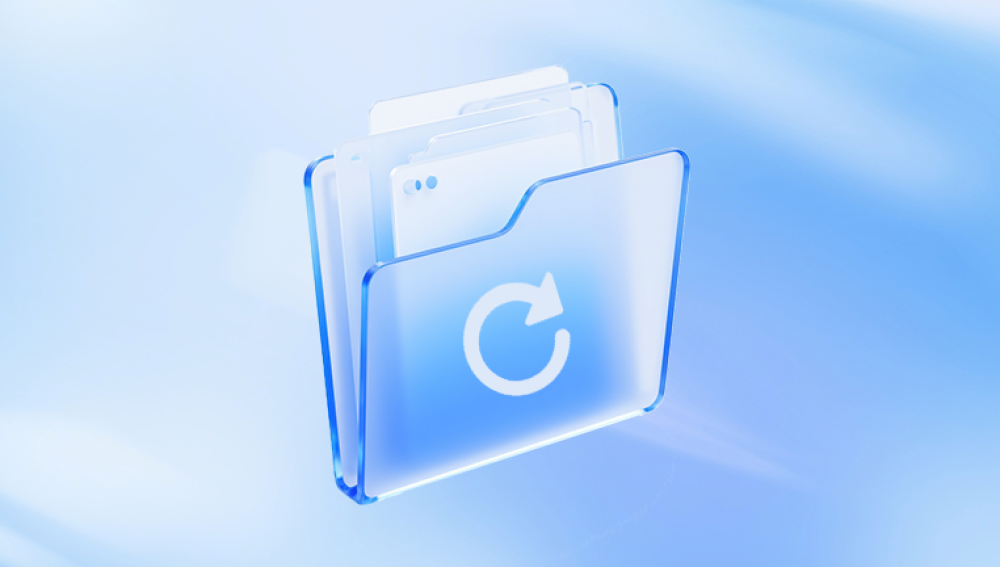Accidentally deleting a Word document can be frustrating, especially if the file contained critical information, academic work, or irreplaceable content. Fortunately, all hope isn’t lost. Whether you're using Windows, macOS, or cloud services like OneDrive, several reliable methods exist to retrieve your deleted Word document.
1. What Happens When a Word Document Is Deleted
When you delete a Word document, the file is typically moved to a temporary location like the Recycle Bin (Windows) or Trash (macOS). If emptied from there, the file isn’t gone immediately its data still exists on the storage drive until it’s overwritten.
Microsoft Word also creates temporary, backup, and AutoRecover files that may help restore unsaved or lost versions of documents. Acting quickly and following the right steps can significantly increase your chances of recovering the deleted file.

2. Stop Using the Device Immediately
If your Word file has been deleted, stop using the device where it was stored especially if it was on your computer’s internal drive, USB stick, or external hard drive. New files can overwrite the deleted data, reducing recovery chances.
Avoid:
Saving new files
Installing software
Browsing the internet
Shutting down improperly
3. Check the Recycle Bin (Windows) or Trash (Mac)
On Windows:
Open the Recycle Bin (icon usually on your desktop).
Look for the deleted Word document (check for .doc or .docx extensions).
Right-click the file and select Restore.
The file will be returned to its original location.
On Mac:
Open the Trash from the Dock.
Locate your deleted document.
Right-click > Put Back to restore it.
This is the simplest recovery method and should be your first step.
4. Restore from OneDrive or Cloud Storage
If you’re signed in to OneDrive or another cloud service (Dropbox, Google Drive, iCloud), the Word file might still exist in the Deleted Files or Trash area.
OneDrive:
Log in at onedrive.com.
Go to Recycle bin.
Locate your document and select Restore.
Google Drive:
Open drive.google.com.
Go to Trash.
Right-click your file > Restore.
Cloud platforms often retain deleted files for 30 days or more, depending on settings.
5. Recover from AutoRecover in Microsoft Word
Microsoft Word includes AutoRecover, a feature that automatically saves versions of documents while you work.
To find AutoRecovered files:
Open Word.
Go to File > Info.
Click Manage Document > Recover Unsaved Documents.
Look for your file in the list (with .asd extension).
Select and Save As to restore.
If Word crashed or your PC shut down unexpectedly, AutoRecover is often your best chance.
6. Recover Unsaved Word Documents
When you close a document without saving it, Word may offer to recover it the next time you launch the program.
Manual Recovery:
Open Word.
Go to File > Open > Recent.
Scroll down and click Recover Unsaved Documents.
Look in the folder that opens (typically:
C:\Users\[username]\AppData\Local\Microsoft\Office\UnsavedFiles).
Make sure to save the file properly afterward.
7. Restore from File History or Previous Versions
On Windows 10/11:
If you had File History enabled:
Right-click the folder where your document was saved.
Select Properties > Previous Versions.
Browse versions by date.
Choose a version and click Restore.
Windows Backup/Restore:
Use Control Panel > System and Security > Backup and Restore to recover files if enabled.
On Mac (Time Machine):
Connect your Time Machine backup.
Open the folder where the document was last saved.
Launch Time Machine.
Browse past versions, select the document, and click Restore.
8. Use Data Recovery Software
Drecov Data Recovery
Drecov Data Recovery supports a wide range of image formats, including JPG, PNG, RAW, and TIFF. Once installed, the software scans the SD card deeply, locating deleted or lost files even if the card has been formatted. Thanks to its intelligent recovery engine, Panda can restore photos regardless of whether they were lost due to accidental deletion, card corruption, or system error.
Using Panda is straightforward. Insert your SD card into your computer, launch the software, select the card, and initiate the scan. Within minutes, it presents a preview of all recoverable photos, allowing you to select the ones you want to restore. Recovery is as simple as clicking “Recover” and choosing a secure destination to save the files.
9. Recover from Temporary Files
Sometimes, Word stores temporary versions of your document.
Search for Temp Files:
Open File Explorer.
Navigate to:
C:\Users\[Your Name]\AppData\Local\Temp
Or search for: *.tmp or ~*.doc
Look for recent files with similar names or timestamps.
Try renaming extensions to .docx and opening in Word.
This is hit-or-miss but worth trying when other methods fail.
10. Restore via Microsoft 365 Account
If you’re using Microsoft 365 (subscription version), OneDrive often keeps versions of your files.
Recover via Version History:
Go to onedrive.live.com.
Navigate to the folder containing your document.
Click the three dots next to the file > Version History.
Select an earlier version and Restore.
This works even if a file was overwritten or edited by accident.
11. Recover from Email Attachments or Backups
If you previously sent or received the document:
Check your Sent Items or Inbox for attachments.
Search your email for file names or keywords.
Download and save the attachment again.
If you used a USB flash drive, external hard drive, or backup service (like Carbonite, iDrive), search those sources.
12. Preventative Measures to Avoid Future Loss
Once you recover your document, it’s important to protect yourself from future incidents.
Tips to Prevent Data Loss:
Enable AutoSave and AutoRecover in Word.
Back up files regularly using OneDrive or Google Drive.
Use File History or Time Machine on your computer.
Email a copy of important files to yourself.
Save multiple versions of important documents.
Invest in an external hard drive for local backup.
Avoid shutting down your computer while editing Word documents.
13. Frequently Asked Questions
Can I recover a Word document that I deleted permanently?
Yes, if it hasn’t been overwritten, recovery software can restore permanently deleted files from your hard drive or external device.
What if my computer crashed while working on the document?
Check AutoRecover and Unsaved Documents folders in Word. The file may be automatically saved.
What if the Word file was on a USB or external hard drive?
Insert the device and use data recovery software. Recovery chances are good if it hasn’t been overwritten.
Where do I find the AutoRecover folder?
The location varies:
Windows: C:\Users\[username]\AppData\Roaming\Microsoft\Word\
Mac: ~/Library/Containers/com.microsoft.Word/Data/Library/Preferences/AutoRecovery
What does the .asd extension mean?
It's a Microsoft Word AutoRecover file. You can open it in Word by selecting “All Files” in the open dialog.




